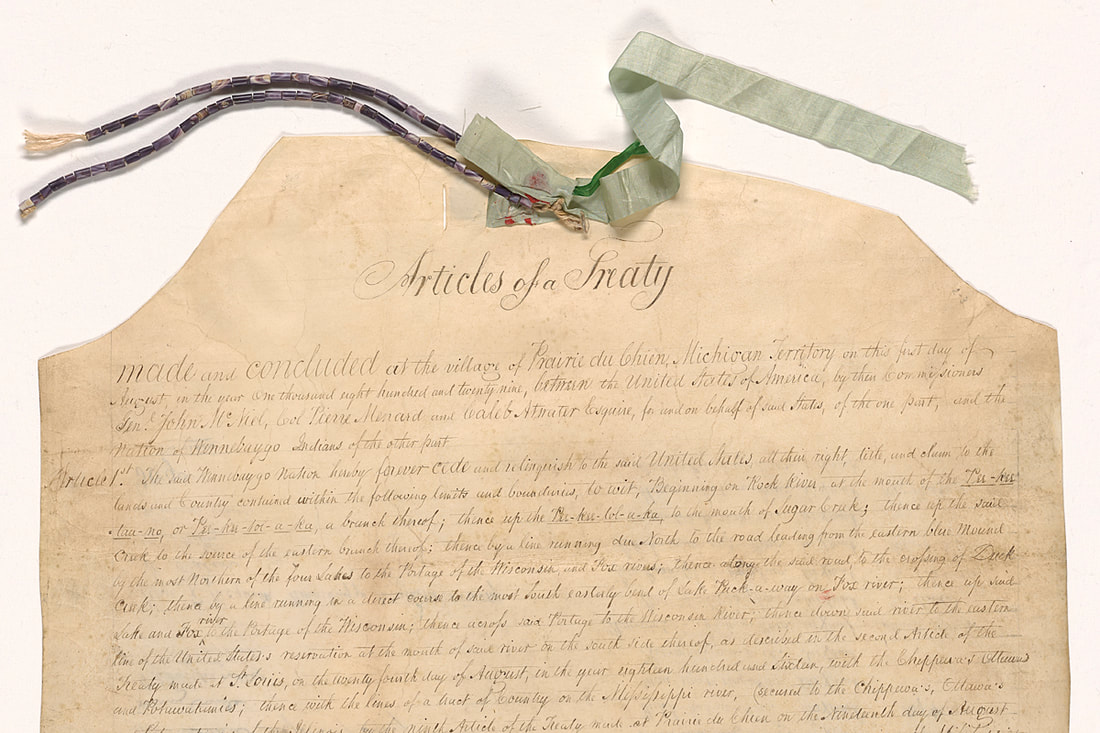 This 1829 treaty with the Winnebagos awarded two sections of land to Pierre Paquette, and one each to his children, Therese and Moses. Their names appear in Article V of the treaty. The land awarded to Moses, who was only one year old at the time, was Section 27 of the Town of Springfield which included our future farm. From 1829 to 1851, Moses Paquette was the first non-native owner of our farm. Moses died in 1896, so he had died long before I was born, but I created the following letter, as though Moses were responding to a letter of introduction, loaded with questions, that I might have sent to him.
2 Comments
My dad had gone to town and left me in charge of the barn. I was in seventh grade and on Christmas vacation. Dad and I had cleaned the gutters together, now he was off to the mill in Middleton to grind feed for our cows. If I had been younger I would have begged to go along. On this day I was proud to stay behind and finish the morning chores by myself. I was feeling grown up.
I begin this November day the same as I begin every day now here on the farm. From my bed, I rise with the sun and walk toward the dormer window that sits high above my bedroom floor. I clutch the sill to steady myself as I step on a footstool to get this morning’s weather report. Today, I see snow blanketing our farm. My mind drifts back to that November morning years ago when I learned of the power of a single snowflake.
Growing up, I lived the life of an ardent Roman Catholic. I was predestined. All the way back to Germany, my kin had prayed in their living rooms, bedrooms, and church pews for generations. I had Jesus in my genes.
Cecelia Brabender Bollenbeck was my aunt, one of my dad’s older sisters, who lived a tragic life, spending more than a half-century in mental institutions before she died at age 85. It was no secret that she was hospitalized, but it was seldom talked about in our family so I know little about her. If I could still write to her, this is what I would ask.
If you enter the haymow of our barn, the initials “J.K.” are carved neatly into the wooden post to your left, just above the electric light switches. You would have found his initials on a wooden stanchion in the basement, too. J.K. either had too much time on his hands or he did not want to be forgotten.
“Do you work on barns?” I shouted toward the three Amish men working on a roof in downtown Middleton. They were re-shingling a tall Victorian house on University Avenue, the main street. I needed a new barn roof. A friend had suggested I check out the Amish. Seeing them here, just three miles from our Ashton farm, felt like destiny.
Henry Wadsworth Longfellow once called bells the voice of the church. I wasn’t in such a poetic mood the day I craned my neck to study the flimsy stairs I was about to ascend to photograph the bell tower of St. Peter’s Catholic Church in Ashton. “Hell’s bells” was all that I could muster.
Barn fires were once common enough that a newspaper headline about another fire might not raise your eyebrow until the day it was your own barn in the story.
That day for us was July 6, 1941. Like any story, a life has a beginning, middle, and ending. In the Prologue, I shared my beginning – my birth on July 13, 1946. The body of this memoir fleshes out the middle portion of my life. That leaves my ending. Of those born in Ashton since the 1850s, I know I share a birthday with Emma Mary Meffert, born July 13, 1904. She lived to be 102. I hope I share her longevity, but I didn't want to take a chance so I went right to the top with a final request .
|
IntroductionThis blog is a book in the making. If you're a new visitor, read Whole Hearted - A Farm Love Story. You can also find a copy in Prologue.
ChaptersPrologue
Father Land Mother Land Father Farm Mother House Brother Barn Sister Silo Granny Granary Epilogue All Archives |

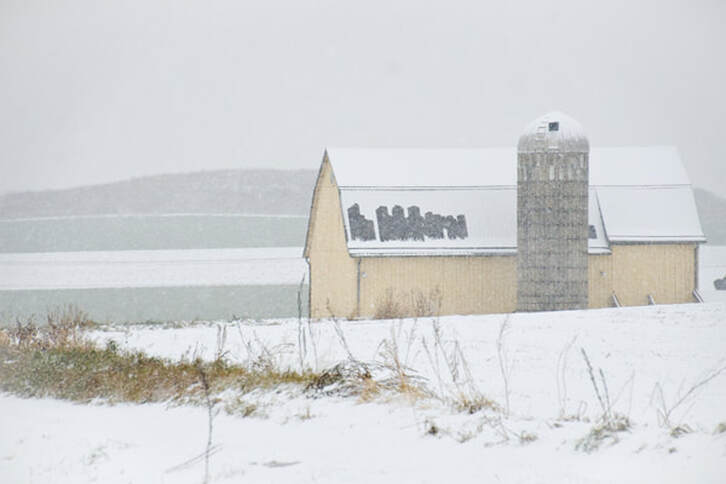
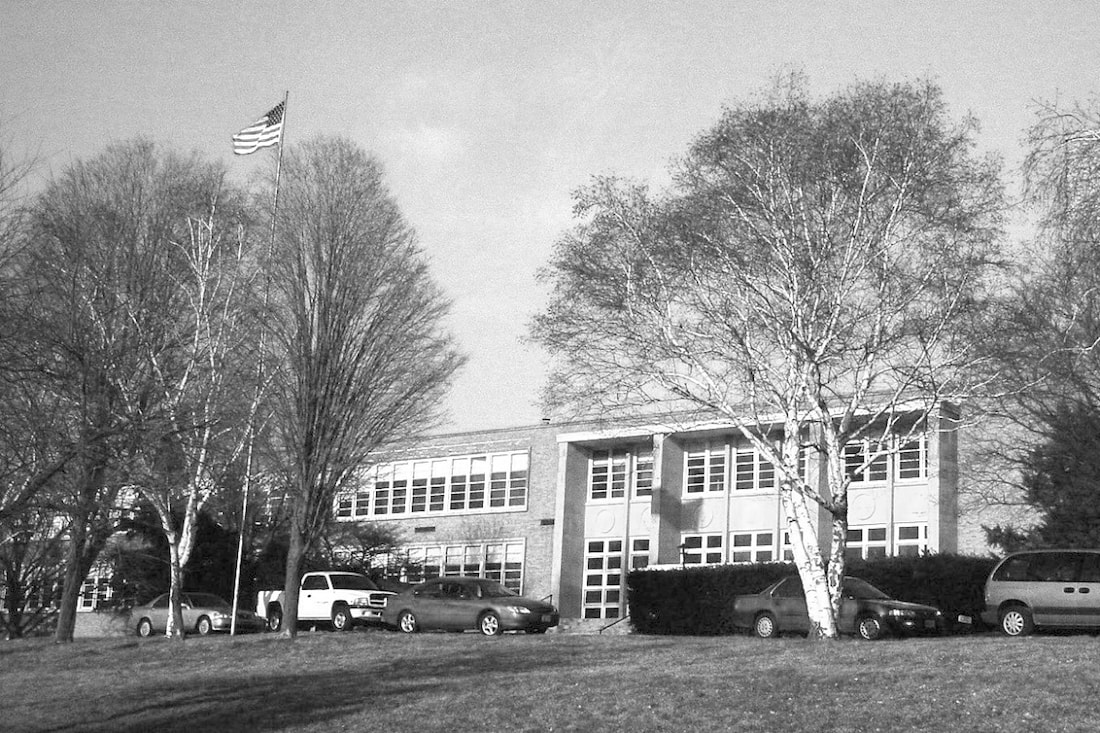
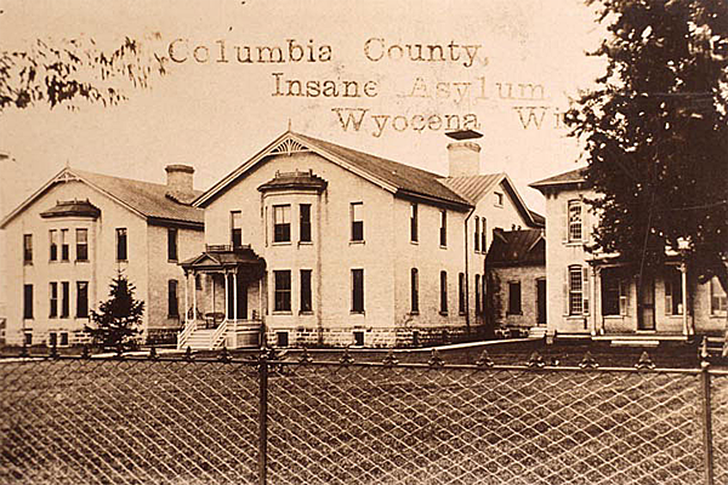


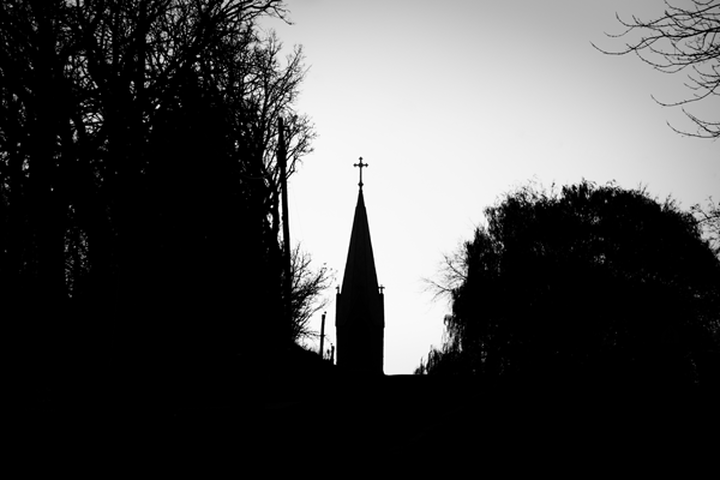
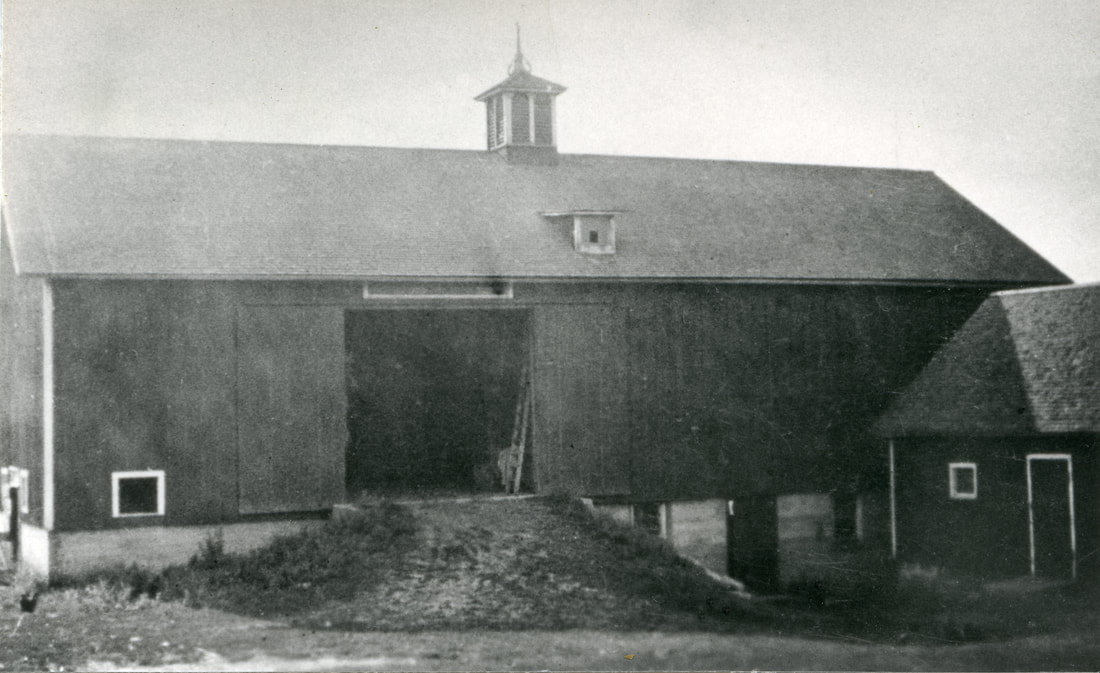
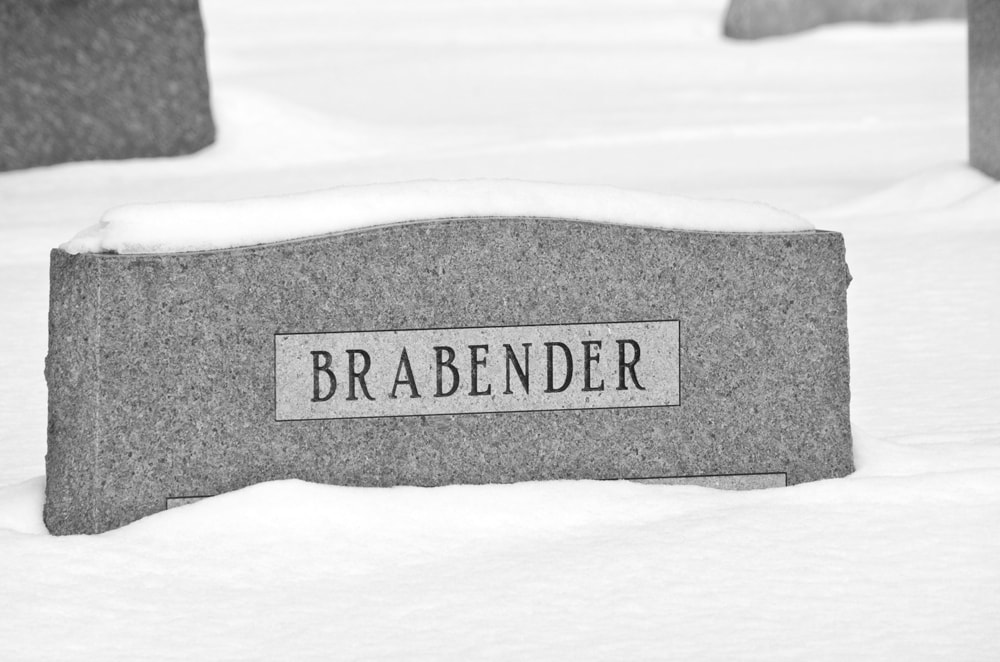
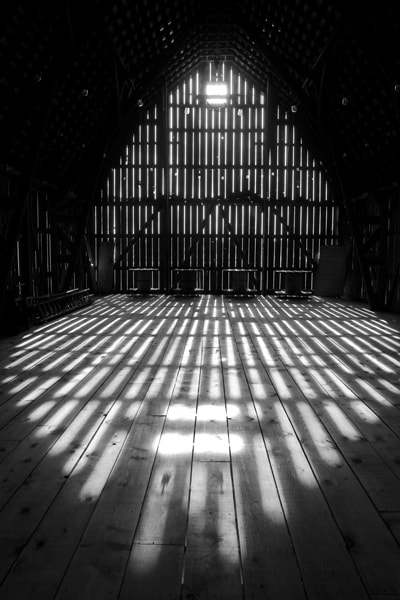
 RSS Feed
RSS Feed